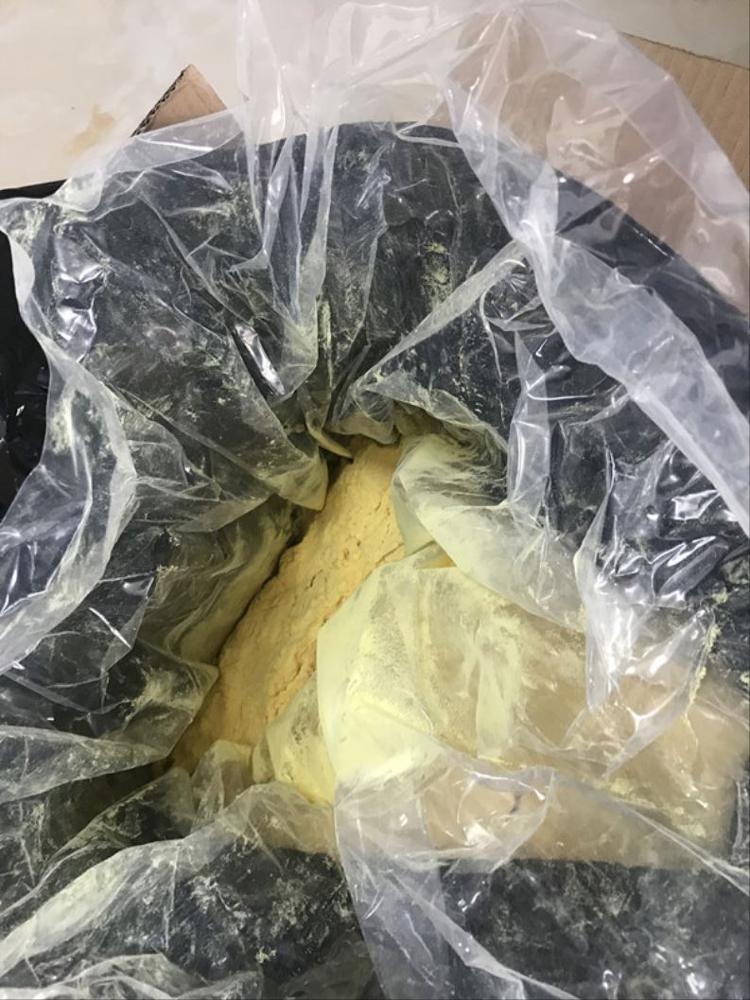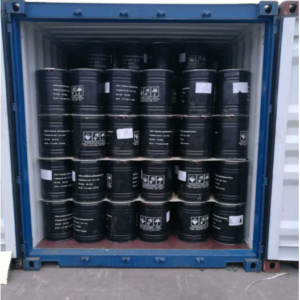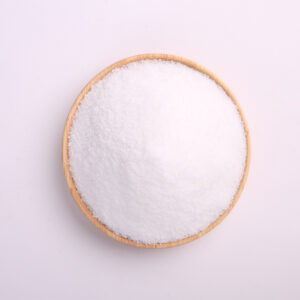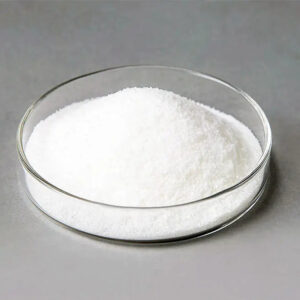Description
What is PAC 28%?
Polyaluminium Chloride (PAC) is a pre-hydrolyzed aluminum-based coagulant with the general formula [Al₂(OH)nCl₆−n]m, where n and m depend on the basicity and degree of polymerization. PAC 28% is typically light yellow to yellow in color, available in powder or granular form, and readily soluble in water, making it easy to dose in treatment systems.
PAC 28% offers an ideal balance of performance, cost-efficiency, and versatility, especially for water treatment plants looking to optimize chemical usage while achieving excellent water clarity.
Technical Specifications
-
Chemical Name: Polyaluminium Chloride (PAC)
-
Appearance: Light yellow powder or granules
-
Alumina Content (Al₂O₃): ≥ 28%
-
Basicity: 60–85% (varies by grade)
-
pH (1% solution): 3.5–5.0
-
Water Insoluble Content: ≤ 1.5%
-
Moisture Content: ≤ 5%
-
Solubility: Fully water-soluble
-
Packaging: 25 kg plastic woven bags with inner liner or bulk bags
-
Shelf Life: 12–24 months under dry, sealed storage conditions
Common Applications
1. Municipal Drinking Water Treatment
PAC 28% effectively removes turbidity, bacteria, and suspended solids, producing clean and clear water. It also enhances filter performance and reduces post-treatment chemical needs.
2. Industrial Wastewater Treatment
PAC 28% is used in industries such as textile, leather, food processing, dyeing, and chemicals to remove COD, BOD, oils, and heavy metals from complex effluents.
3. Sludge Dewatering
PAC improves sludge thickening and dewatering performance, resulting in reduced sludge volume and lower disposal costs.
4. Paper and Pulp Industry
Used as a retention and sizing agent, PAC enhances paper strength and brightness by improving the retention of fillers and fines.
Benefits of Using PAC 28%
-
Strong coagulation ability with fast floc formation
-
Lower sludge generation compared to traditional alum
-
Wide pH range of effectiveness (5.0–9.0)
-
Lower dosage required, reducing overall treatment cost
-
Improves downstream filtration and sedimentation
-
Convenient storage and transport in dry powder form
Safety and Handling
PAC 28% is non-toxic and safe for water treatment but should be handled with care. Use gloves, goggles, and dust masks when handling the powder. Store in a dry, cool area away from moisture, and always follow the Safety Data Sheet (SDS) for detailed handling guidelines.
Conclusion
Polyaluminium Chloride 28% (PAC 28%) is a versatile and cost-effective coagulant widely used in water treatment, industrial processes, and environmental management. Its high aluminum content, rapid performance, and low residual sludge make it a preferred choice for municipalities and industries seeking efficient and eco-friendly treatment solutions. Whether you’re clarifying drinking water or managing wastewater, PAC 28% delivers consistent, high-quality results.









